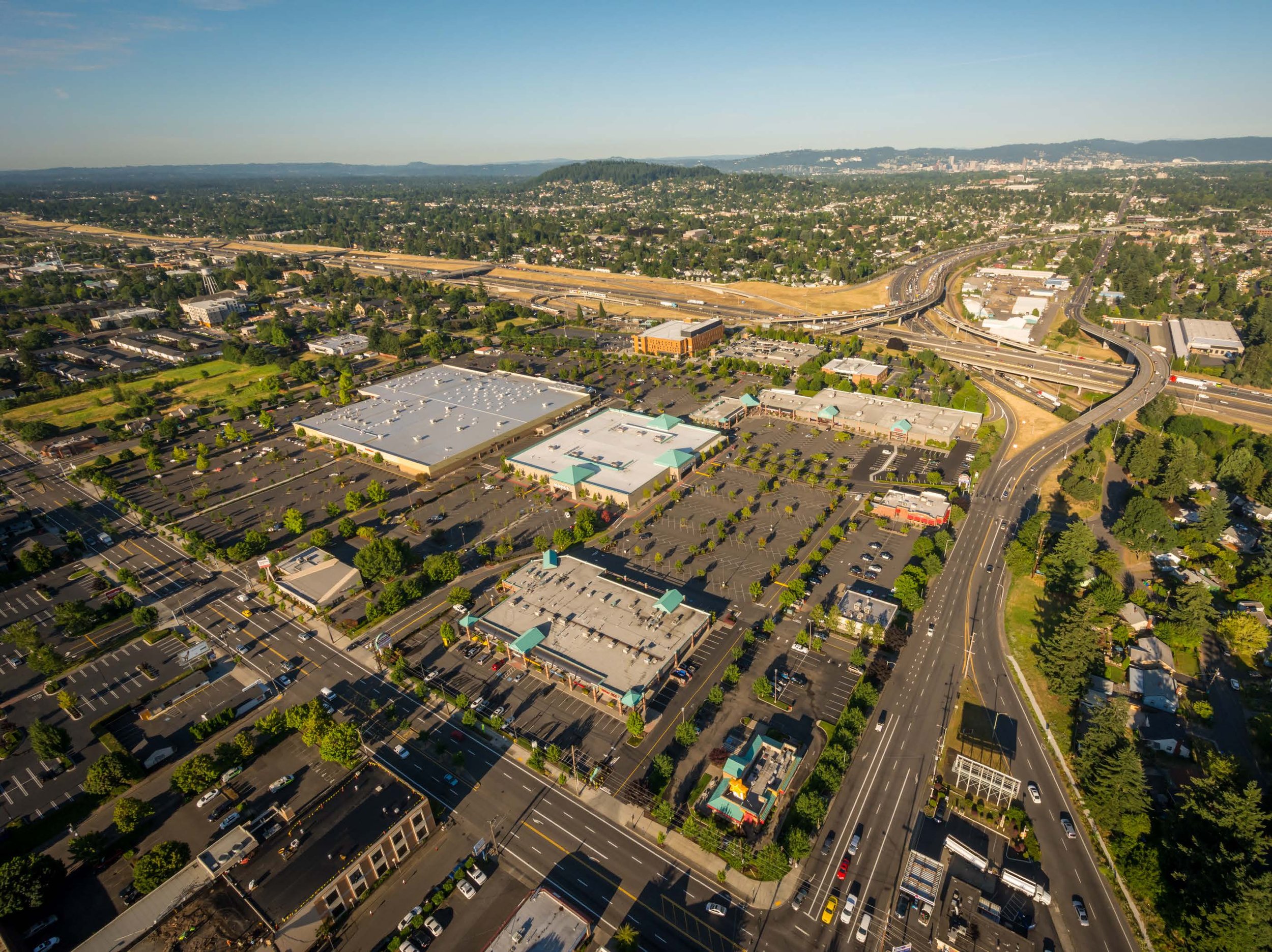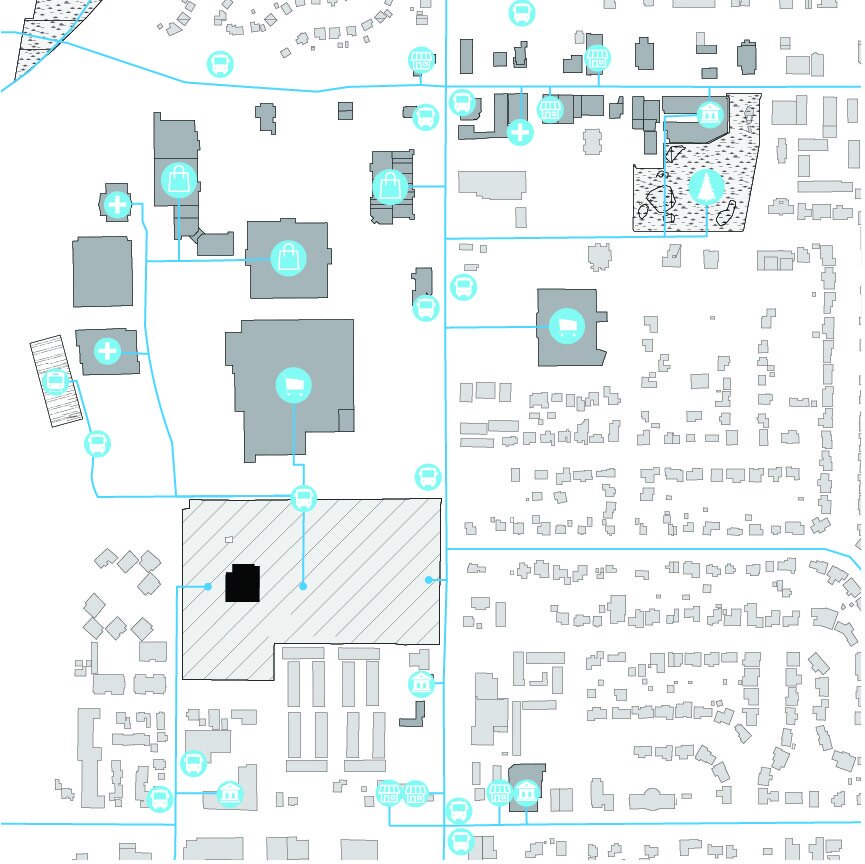Research

Forced Displacement
Urban Violence Laboratory: Master’s Thesis
Refugee Cooperative
Spaces for Refugees have the potential to be architecturally innovative. They need to be a place where people feel safe, healthy, and at home. Temporariness does not diminish its importance, if anything it should amplify a sites significance. Implementing a positive crossroads experience in a migrant’s journey will ensure an easy transition to their next home. A refugee settlement should be a cultural melting pot that serves as a reminder of a country’s humanitarian capabilities.
The Refugee Cooperative model consists of multiple urban refugee villages throughout a port/border city. Instead of a traditional refugee camp, it is an urban extension designed to provide a comfortable transition for a migrant/refugee. This Design solution provides a facility with increased security to accommodate refugees in these situations.
During their stay, refugees will be assessed on skills, health, and needs to determine their integration process. Administrative services will provide employment referrals and assistance in locating housing for each refugee. Refugees will be given funding for their own housing, insurance to receive healthcare, and they can still use the urban village as a hub for legal, health, and other services after they move out of the Urban Village.
Each building will contain commercial and retail spaces on the lower levels to allow for refugees to operate businesses as part of the business incubator program. Administration and refugee services will operate on the middle levels. Each building will have a medical clinic to offer health screenings to refugees and refugee services. The middle levels will also house education spaces, community gathering spaces, offices, and a library. Dwelling units are located on the upper levels, residents will have access to a laundromat, community kitchen, courtyard, indoor recreation space, and rooftop gardens. The proposal is designed to provide refugees with a space where they can feel safe and welcome in the United States.
Displacement is a global language. It is a natural and forced response to conflict or disaster, whether geocentric or anthropocentric. People are displaced by natural disaster. People are displaced by violence. People are displaced by capitalistic practices (colonization and gentrification),religion (persecution). Animals are displaced by anthropocentric infrastructure. World War ll displaced 60 million people. Religious Persecution displaced over 1 million Rohingya. Civil War displaced 6.6 million Syrians. Hurricane Katrina displaced 200,000 people from the US gulf coast.
An average of 22.7 million people are displaced every year as a result of violence or natural disaster. Getting an accurate picture of global houselessness is extremely challenging due to varying definitions of houselessness from country to country. It has been estimated that no less than 150 million people, roughly 2 percent of the global population, are houseless to some extent. More than 1 billion people are expected to face forced migration by 2050 due to conflict and ecological factors. The UNHCR estimates there are more than 82.4 million displaced people around the globe. Designing for displaced people requires an comprehensive understanding of their situation they have experienced.
The negative stigma towards displaced people is exacerbated by poor portrayal from the media. Often, displaced people are portrayed as lazy and greedy miscreants. Mass media portrayal fails to capture the depth of this crisis and the stakeholders in its development. They discuss the concept of displacement as individual instances rather than acknowledge the roots of a rapidly increasing issue.
Situation
1. Camp Lemonnier
This U.S. Naval Expeditionary Base has functioned for several years as a “core of secret operations” in Africa and the Middle East. Since at least 2009, the site has hosted armed drones flights targeting Somalia and Yemen.
2. The War on Terror
Since 2001, US military spending increased 50 percent. The figure of 38 million displaced persons is a conservative estimate — the real number may range from 48 million to 59 million. The calculation does not include the millions of other people who have been displaced in countries with smaller U.S. counterterrorism operations.
3. Southern Border Humanitarian Crisis
Originally driven by economic hardship, this northbound migration owes its intensity and longevity to multiple causes that make controlling or reducing it extremely hard. In September 2019, the Supreme Court upheld a government decision that any asylum seeker who entered the United States after July 16, 2019, would automatically be denied asylum if they had not tried to seek refuge in a country they had traveled through on their way to the border.
4. Clint Border Patrol Station
Architects designed the station as a type of forward base from which agents could go on forays along the border. It was never intended to hold more than about a hundred adult men, and it was designed with the idea that migrants would be detained for only a few hours of processing before being transferred to other locations.
5. Hostile Architecture
A concept of public design for decades. Standing benches, spikes in alcoves, fenced off underpasses, all to stop homeless people from getting comfortable.
6. Houselessness in America
The unsheltered population has surged by 30 percent. Nationally, the most common forms of homeless assistance are permanent supportive housing and emergency shelter
7. Domestic Violence
50 percent of U.S. cities surveyed reported that domestic violence is a primary cause of homelessness. On average, nearly 20 people per minute are physically abused by an intimate partner in the United States. An estimated 30% of women worldwide have been subjected to either physical and/or sexual intimate partner violence or non-partner sexual violence in their lifetime.
8. Za’atari Refugee Camp
This refugee camp in Jordan has gradually evolved into a permanent settlement. At its peak, Za’atari housed around 150,000 Syrian refugees, becoming the fourth-largest city in Jordan. Now, the refugee camp houses around 79,000 Syrians and is divided into 12 districts.
9. Palu Earthquake
Hundreds of homes were swept away as the ground beneath turned into a vast mudslide caused by liquefaction due to the shaking of the earthquake, leaving 1,400 dead, 2,500 injured, and 80,000 displaced.

Gateway Regional Center
Designated Urban Renewal Area in East Portland






Spaces for Refugees have the potential to be architecturally innovative. They need to be a place where people feel safe, healthy, and at home. Temporariness does not diminish its importance, if anything it should amplify the significance of a site. Implementing a positive crossroads experience in a migrant’s journey will ensure an easy transition to their next home. A refugee settlement should be a cultural melting pot that serves as a reminder of a country’s humanitarian capabilities. The Refugee Cooperative model is an urban extension designed to provide a comfortable transition for a migrant/refugee. This Design solution combines a social housing concept with a community center to accommodate the needs of refugees in these situations. During their stay, refugees will be assessed on skills, health, and needs to determine their integration process. Administrative services will provide employment referrals and assistance in locating housing for each refugee. Refugees will be given funding for their own housing, insurance to receive healthcare, and they can still use the urban village as a hub for legal, health, and other services after they move out of the Urban Village. The proposal is designed to provide refugees with a space where they can feel safe and welcome in the United States.














